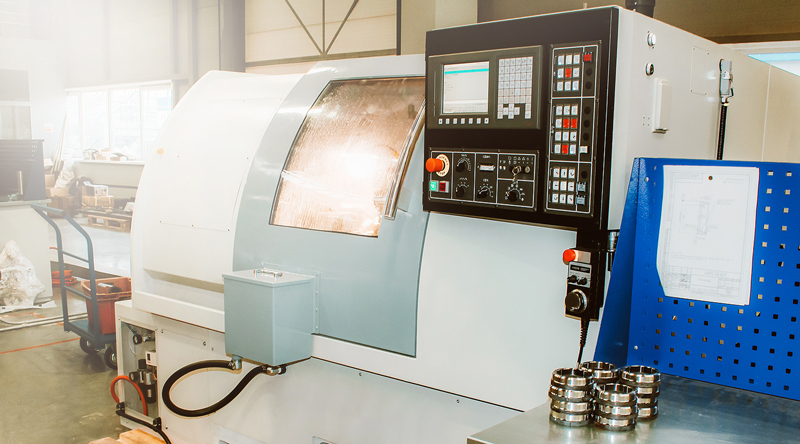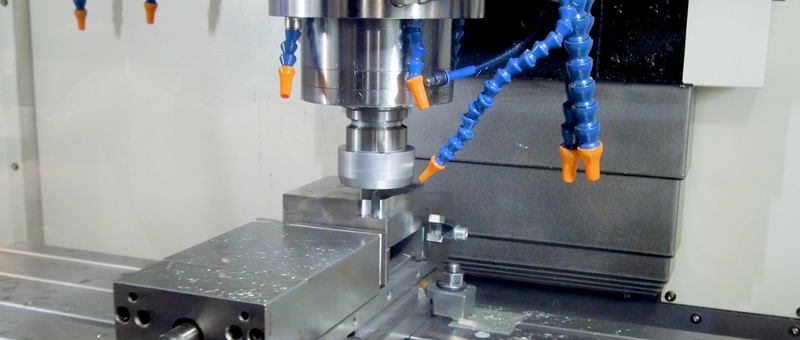Custom CNC is considered as a subtractive manufacturing technique where the end product is formed by selectively eliminating extra material from the workpiece. Every CNC machining operation goes through a four-step production process.
Four phases or machining process
Part Designing
The parts of the workpiece formed through CNC machining typically start out as initial designs. It is done via computer-aided design or CAD software. In the part designing phase, engineers and manufacturers carefully think about each aspect of the final product.
They discuss the parameters for ideal performance, working conditions for the final part, as well as endurable tolerance variation levels, etc.
Design Conversion
The next step is the design conversion. When the initial design phase is through, the computer-aided design model is converted into an operational CNC program using CAM or computer-aided manufacturing software. This CAM software can extract out the CAD model’s geometrical demands and its original files and then deciphers it into a CNC-friendly programming language. It may include G-code or M-code to direct the mechanical working of the CNC machine.
Preparation Of The CNC Machine
Next up is CNC machine preparation. The machine’s operator must set up the targeted material and the equipment as per the CNC program’s specifications. The operator ensures that the drilling tools and cutting tools are appropriately installed and match the suitable end/bit mills.
The operator has to set up the workpiece as well, in a stationary clamp or directly into the CNC machine.
Implementing Programmed Operations
The machine’s operator carries out the desired mechanical process. While working, the program accurately controls the motion of machine tooling.
Receive a Free Quote on CNC Machining Components!

Resourceful and innovative Marketing Pro, with 20+ years of progressive experience in the marketing and creative technology industry. Responsible for digital and traditional marketing efforts that promotes brand awareness, increases engagement, and drives revenue.




















